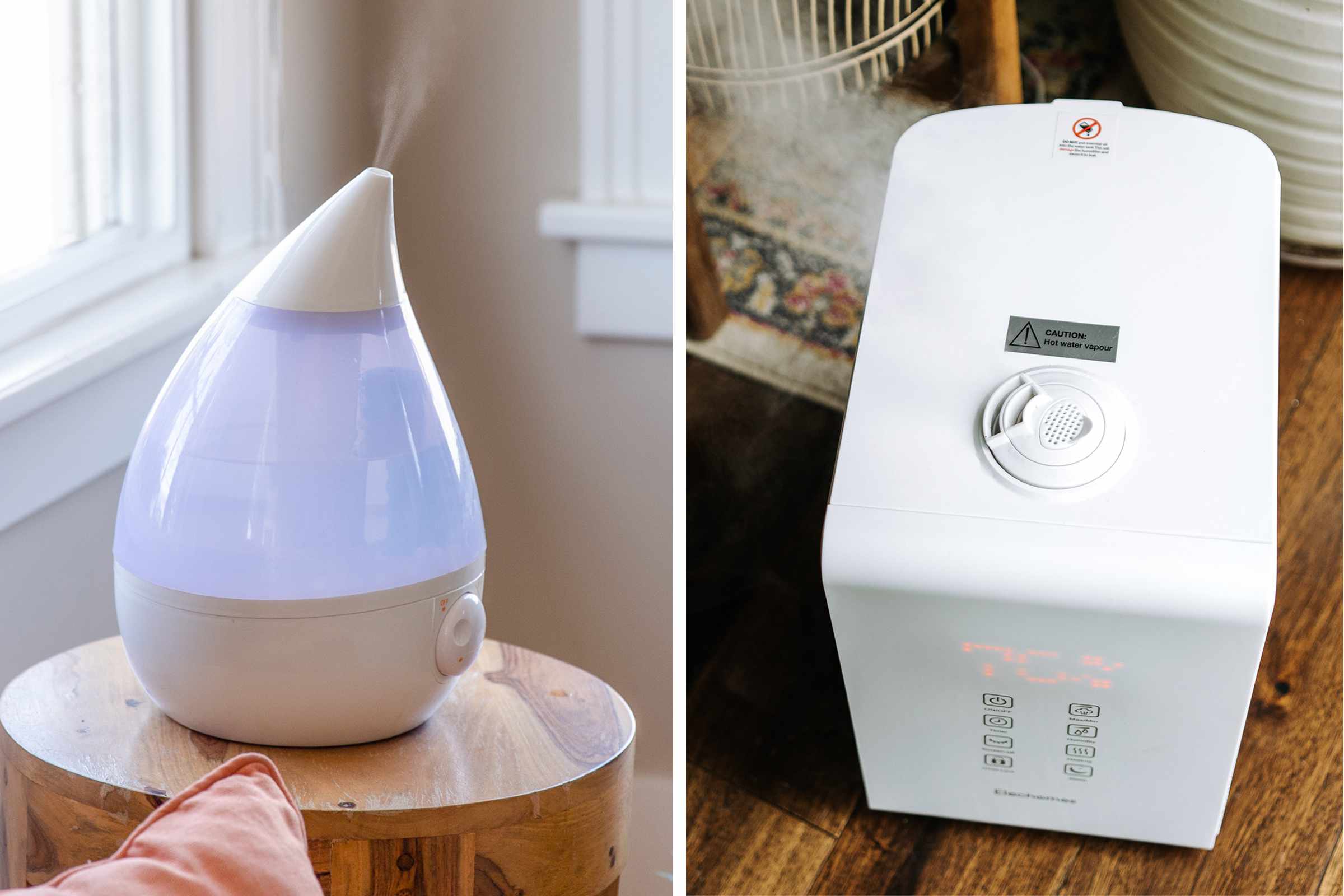

Articles
How Humidifier Works
Modified: January 20, 2024
Discover how humidifiers work and learn their benefits in this informative article. Find out how they can improve air quality and relieve dryness.
(Many of the links in this article redirect to a specific reviewed product. Your purchase of these products through affiliate links helps to generate commission for Storables.com, at no extra cost. Learn more)
Introduction
A humidifier is a device that helps to increase the humidity level in indoor spaces. It is commonly used in homes, offices, and other buildings to alleviate the discomfort caused by dry air. Dry air can lead to various health issues such as dry skin, irritated eyes, sinus problems, and respiratory ailments. By adding moisture to the air, a humidifier helps to create a more comfortable and healthier environment.
In this article, we will explore the different types of humidifiers, how they work, the benefits of using them, and some important factors to consider when using a humidifier. We will also discuss maintenance and care tips to ensure the longevity and effectiveness of these devices.
Whether you live in a dry climate or are experiencing dry conditions due to heating systems or air conditioning, a humidifier can be a valuable addition to your living or working space. So, let’s dive in and learn more about these devices and how they can improve your indoor air quality.
Key Takeaways:
- Humidifiers come in various types, from central systems to ultrasonic and evaporative models, each offering unique benefits and considerations. Understanding the different types helps in choosing the most suitable one for specific needs and room sizes.
- Proper maintenance and care are crucial for ensuring the longevity and effectiveness of humidifiers. Regular cleaning, using distilled water, and following manufacturer’s instructions are essential to prevent the buildup of mold, bacteria, and mineral deposits, ensuring a healthy and comfortable indoor environment.
Read more: Why Is My Humidifier Not Working
What is a humidifier?
A humidifier is a household or commercial appliance that adds moisture to the air by dispersing water vapor or steam. It helps to increase the humidity level of a room or an entire building, making the air more comfortable and beneficial for the occupants.
Humidifiers are particularly useful in environments where the air tends to become dry, such as during winter months or in regions with low humidity levels. They can also be beneficial in offices or homes with central heating or air conditioning systems, as these systems can often contribute to drying out the air.
There are several types of humidifiers available on the market, ranging from portable units to whole-house systems. The type of humidifier you choose will depend on your specific needs, the size of the area you want to humidify, and your budget.
1. Central Humidifiers: These humidifiers are integrated into your home’s heating and cooling system. They work by adding moisture to the air as it passes through the ductwork. Central humidifiers are convenient as they provide whole-house humidification without the need for separate units in each room.
2. Ultrasonic Humidifiers: These humidifiers use ultrasonic vibrations to create a fine mist of water vapor. They are quiet and energy-efficient, making them ideal for bedrooms or offices. Ultrasonic humidifiers are available in both cool mist and warm mist options.
3. Evaporative Humidifiers: These humidifiers use a fan to blow air over a wet wick or filter, causing the water to evaporate and add moisture to the air. They are affordable and generally more hygienic, as the filter helps to trap impurities present in the water.
4. Steam Vaporizers: These humidifiers heat water to create steam, which is then released into the air. Steam vaporizers are effective in raising humidity levels quickly and are often used for medicinal purposes, such as providing relief from respiratory congestion.
Humidifiers are available in various sizes to suit different room dimensions. Some models also offer additional features like adjustable humidity settings, timers, and automatic shut-off to provide convenience and control over the humidity levels.
Now that we understand what a humidifier is and the different types available, let’s delve into how these devices actually work to improve the air quality and provide numerous benefits to our health and well-being.
Types of Humidifiers
Humidifiers come in various types, each designed to suit different needs and preferences. Understanding the different types will help you choose the most suitable humidifier for your specific requirements. Here are the most common types of humidifiers:
- 1. Central Humidifiers: These humidifiers are installed directly into your heating and cooling system and are capable of humidifying your entire home. They are convenient, as they provide whole-house humidity control without the need for individual units in each room. Central humidifiers are typically more expensive compared to portable models, but they offer consistent and efficient humidification throughout your home.
- 2. Ultrasonic Humidifiers: These humidifiers use ultrasonic vibrations to produce a fine mist of water droplets. They are popular for their quiet operation and energy-efficiency. Ultrasonic humidifiers come in both cool mist and warm mist options. Cool mist ultrasonic humidifiers use a vibrating diaphragm to break water into droplets, while warm mist models heat the water before dispersing it as mist. They are suitable for small to medium-sized rooms and are often equipped with adjustable mist settings.
- 3. Evaporative Humidifiers: Evaporative humidifiers work by blowing air over a moist wick or filter, causing the water to evaporate and adding moisture to the air. The evaporative process helps filter out impurities present in the water, making them a hygienic choice. These humidifiers are typically more affordable and require less maintenance compared to other types. They are effective for medium-sized rooms and are available in both tabletop and console models. Some models feature adjustable humidity controls and multiple fan speeds for customized comfort.
- 4. Steam Vaporizers: Steam vaporizers heat water to generate steam, which is then released into the air. They are effective at raising humidity levels quickly and are often used for medicinal purposes, such as relieving respiratory congestion. However, they consume more energy compared to other types and can be a safety risk due to hot steam. Steam vaporizers are best suited for smaller rooms and are equipped with adjustable steam settings for optimal moisture control.
- 5. Impeller Humidifiers: Impeller humidifiers use a rotating disk to fling water at a diffuser, breaking it into fine airborne droplets. These humidifiers are known for their cool mist output and are often used in nurseries or children’s rooms. Impeller humidifiers are generally affordable, easy to clean, and safe to use around children. They are ideal for small to medium-sized rooms.
Each type of humidifier has its own advantages and considerations. It’s important to assess your needs, room size, desired features, and budget before selecting the most suitable type of humidifier for your space. The next section will explain how humidifiers work to increase the humidity levels in your surroundings.
How Does a Humidifier Work?
Humidifiers work by adding moisture to the air, increasing the humidity level in indoor spaces. The specific mechanism varies depending on the type of humidifier, but the general principle remains the same: water is converted into tiny droplets or vapor and then dispersed into the surrounding air. Here’s a breakdown of how different types of humidifiers work:
- Central Humidifiers: These humidifiers are integrated into your home’s heating and cooling system. They utilize the existing ductwork to distribute moisture throughout your home. A water source is connected to the humidifier, and as the air passes through the system, it absorbs moisture from the water evaporation process. The humidifier is controlled by a humidistat, which monitors and adjusts the humidity levels according to your desired settings.
- Ultrasonic Humidifiers: Ultrasonic humidifiers use ultrasonic vibrations to break water into small droplets that are then emitted into the air. The humidifier contains a metal diaphragm that vibrates at ultrasonic frequencies. This vibration produces high-frequency sound waves, causing the water on the surface to break apart into a fine mist of droplets. The mist is then released into the room, increasing the humidity level. Ultrasonic humidifiers are equipped with a small fan that helps disperse the mist more evenly throughout the room.
- Evaporative Humidifiers: Evaporative humidifiers utilize a fan to draw air into the unit. Inside the humidifier, water is stored in a reservoir, which is then absorbed by a wick or filter. The fan blows the air over the wetted wick, causing the water to evaporate into the air stream. As a result, the humidity level in the room increases. Evaporative humidifiers often have adjustable humidity controls or settings to customize the desired moisture level.
- Steam Vaporizers: Steam vaporizers heat water to produce steam, which is then released into the air. The humidifier consists of a heating element or a boiling chamber that heats the water until it reaches the boiling point. The boiling water generates steam, which is released into the room, raising the humidity levels. Some steam vaporizers have adjustable settings to control the amount of steam produced.
- Impeller Humidifiers: Impeller humidifiers feature a rotating disk that flings water at a diffuser. The rapid rotation of the disk breaks the water into fine airborne droplets, creating a cool mist. The fan inside the humidifier blows air over the mist, dispersing it into the room. Impeller humidifiers are commonly used in nurseries or children’s rooms as they produce a cool mist that is safe for children.
Regardless of the type of humidifier, it is important to maintain proper humidity levels to ensure optimal comfort and avoid issues like excess moisture or the growth of mold and bacteria. In the next section, we will discuss the benefits of using a humidifier in your living or working space.
When using a humidifier, make sure to regularly clean and disinfect it to prevent the growth of mold and bacteria. Follow the manufacturer’s instructions for proper maintenance.
Benefits of Using a Humidifier
Using a humidifier offers a range of benefits for both your health and overall well-being. Here are some of the key advantages of incorporating a humidifier into your living or working space:
- 1. Alleviates Dry Skin and Irritated Eyes: Dry air can cause dry and itchy skin, as well as irritated and red eyes. By increasing the humidity levels, a humidifier helps to moisturize the air, reducing dryness and providing relief for these discomforts.
- 2. Relieves Respiratory Issues: Dry air can exacerbate respiratory conditions such as asthma, allergies, and sinus congestion. Adding moisture to the air with a humidifier can help soothe and alleviate these symptoms, making breathing easier and promoting overall respiratory health.
- 3. Reduces Snoring: Dry air can contribute to snoring by causing congestion and irritation in the airways. A humidifier can help keep the airways moist, reducing snoring and improving the quality of sleep for both the snorer and their sleeping partner.
- 4. Prevents Dryness in the Throat and Vocal Cords: Dry air can lead to a dry throat, scratchy voice, and vocal strain. Using a humidifier can help maintain moisture in the air, preventing dryness in the throat and keeping the vocal cords lubricated, particularly beneficial for singers, speakers, and those with professions that rely on their voice.
- 5. Improves Sleep Quality: Proper humidity levels can contribute to a better night’s sleep. Moist air helps to keep nasal passages and airways lubricated during sleep, reducing snoring and promoting more restful sleep. Additionally, a comfortable and soothing environment created by a humidifier can enhance relaxation and improve overall sleep quality.
- 6. Helps Protect Wooden Furniture and Floors: Dry air can cause wood to shrink and crack. By maintaining appropriate humidity levels, a humidifier helps preserve the integrity of wooden furniture, flooring, and musical instruments, extending their lifespan and reducing the need for repairs or replacements.
- 7. Reduces Static Electricity: Dry air often results in an increase in static electricity, leading to uncomfortable static shocks. A humidifier helps to balance the moisture in the air, reducing the occurrence of static electricity and the associated shocks.
- 8. Benefits Houseplants: Indoor plants thrive in environments with higher humidity levels. Using a humidifier can create a more favorable environment for houseplants, helping them to maintain optimal growth and health.
- 9. Enhanced Comfort and Well-being: Increasing the humidity in your environment can provide a greater sense of overall comfort. Moist air feels warmer and more pleasant, reducing the need to crank up the thermostat and saving on heating costs. It also helps to soothe dry, itchy skin and alleviate respiratory discomfort, creating a more enjoyable and healthier living or working environment.
By incorporating a humidifier into your space, you can reap these benefits and create a more comfortable and healthier atmosphere. However, there are some factors to consider when using a humidifier to ensure optimal results, as we will discuss in the next section.
Read more: How Does An Ultrasonic Humidifier Work
Factors to Consider When Using a Humidifier
While humidifiers offer numerous benefits, it’s important to consider several factors to ensure safe and effective use. Here are some key factors to keep in mind when using a humidifier:
- 1. Humidity Levels: It’s crucial to maintain proper humidity levels in your environment. The ideal humidity range is generally between 30% to 50%. Too much humidity can promote the growth of mold, bacteria, and dust mites, while too little humidity can cause dryness and discomfort. Use a hygrometer to monitor humidity levels and adjust your humidifier settings accordingly.
- 2. Type of Humidifier: Consider the specific type of humidifier that suits your needs. Central humidifiers are ideal for whole-house humidification, while portable models are convenient for individual rooms. Choose a type that best fits your requirements, room size, and budget.
- 3. Maintenance and Cleaning: Regular maintenance and cleaning are essential to ensure the longevity and efficiency of your humidifier. Follow the manufacturer’s instructions for cleaning, replacing filters, and disinfecting the unit to avoid the buildup of mineral deposits, mold, and bacteria. Clean and refill the water tank daily to prevent the growth of harmful microorganisms.
- 4. Water Quality: The quality of water used in your humidifier can impact its effectiveness and longevity. Hard water with high mineral content can cause mineral buildup and emit white dust particles. Consider using distilled water or a demineralization cartridge to minimize mineral residue and maintain optimal performance.
- 5. Proper Placement: Position your humidifier on a flat and stable surface away from direct sunlight, heat sources, and electronics. Place it at a safe distance from walls and furniture to allow sufficient air circulation. This will ensure proper functioning and prevent any potential damage.
- 6. Noise Level: Some humidifiers, particularly ultrasonic models, may produce a low humming sound. If noise is a concern, choose a humidifier with a quiet operation or look for noise-reducing features. Consider placing the unit further away from the sleeping area to minimize any potential noise disturbances.
- 7. Humidifier Capacity: Consider the size and capacity of the humidifier relative to the room or area you intend to humidify. A humidifier with a larger water tank will require less frequent refills, while a smaller tank may need to be refilled more often. Ensure the humidifier’s capacity is suitable for maintaining optimal humidity levels in your space.
- 8. Hygiene and Allergies: If you or your family members have allergies or respiratory sensitivities, ensure the humidifier’s water tank and components are cleaned regularly to prevent the growth of allergens and irritants. Use distilled or demineralized water to minimize the release of airborne particles.
By considering these factors and following proper maintenance and safety practices, you can make the most out of your humidifier while ensuring a safe and healthy environment. In the final section, we will discuss some tips for maintaining and caring for your humidifier.
Maintenance and Care of Humidifiers
Maintaining and caring for your humidifier is crucial to ensure its longevity and optimal performance. Regular cleaning and maintenance will help prevent the buildup of mold, bacteria, and mineral deposits, ensuring that your humidifier continues to provide clean and healthy moisture. Here are some important maintenance and care tips to follow:
- 1. Follow Manufacturer’s Instructions: Familiarize yourself with the manufacturer’s instructions for your specific humidifier model. This will provide guidance on proper usage, maintenance, and cleaning procedures.
- 2. Clean Regularly: Clean your humidifier at least once a week, or more frequently if recommended by the manufacturer. Empty the water tank, rinse it thoroughly, and wipe it with a clean cloth. Use a mild detergent or vinegar solution to remove any mineral deposits or stubborn stains.
- 3. Replace Filters and Wicks: If your humidifier uses filters or wicks, replace them as recommended by the manufacturer. Over time, filters and wicks can become clogged with debris and minerals, reducing the efficiency of your humidifier. Regular replacement ensures optimal performance.
- 4. Disinfect Periodically: Disinfect your humidifier every few weeks or as recommended by the manufacturer. Fill the water tank with a mixture of water and hydrogen peroxide or a vinegar solution and let it sit for approximately 30 minutes. Rinse thoroughly before using again.
- 5. Use Distilled or Demineralized Water: Consider using distilled or demineralized water in your humidifier to minimize the buildup of mineral deposits and reduce the release of white dust particles into the air. This is particularly important in areas with hard water.
- 6. Check and Clean Humidifier Parts: Regularly inspect and clean the humidifier’s components, including the fan, nozzles, and vents. Refer to the manufacturer’s instructions for guidance on the specific cleaning process for each part. Keeping these components clean and free from debris ensures proper functioning.
- 7. Store Properly: If you plan to store your humidifier when not in use, ensure that it is thoroughly cleaned and dried. Store it in a cool, dry place to prevent the growth of mold or bacteria. Before using it again, inspect and clean the unit to remove any dust or debris that may have accumulated during storage.
- 8. Hygiene and Allergies: If you or your family members have allergies or respiratory sensitivities, take extra precautions to maintain a hygienic environment. Regularly disinfect the humidifier and use distilled or demineralized water to minimize the release of allergens and irritants into the air.
By following these maintenance and care tips, you can ensure that your humidifier operates efficiently and provides clean and healthy moisture for your space. Regular cleaning and proper maintenance will also help prolong the lifespan of your humidifier, saving you from costly repairs or replacements in the long run.
Now that you are equipped with the knowledge of maintaining and caring for your humidifier, let’s conclude this article.
Conclusion
A humidifier can be a valuable addition to your home or office, providing numerous benefits for your health and well-being. By increasing the humidity level in indoor spaces, these devices help alleviate dry air symptoms, improve respiratory health, and create a more comfortable living or working environment. Whether you choose a central humidifier, ultrasonic, evaporative, steam vaporizer, or impeller humidifier, it is important to consider factors such as humidity levels, maintenance, water quality, and proper placement.
Regular maintenance and care are essential to ensure the longevity and optimal performance of your humidifier. It is important to follow the manufacturer’s instructions for cleaning, replacing filters, and disinfecting the unit. Using distilled or demineralized water and periodic disinfection will help prevent the buildup of mineral deposits and the release of harmful particles.
Remember to monitor and maintain appropriate humidity levels in your space, aiming for a range of 30% to 50%. This will provide the ideal balance between comfort and preventing issues like mold growth or excessive dryness. Proper placement, regular cleaning, and following hygiene practices are also crucial for a safe and healthy environment.
By incorporating a humidifier into your living or working space and taking the necessary steps to maintain and care for it, you can experience the benefits of improved air quality, alleviation of respiratory issues, relief from dryness and irritation, better sleep quality, and protection for your wooden furniture and floors.
We hope this comprehensive guide has provided you with the necessary knowledge to make informed decisions on choosing, using, and maintaining a humidifier. Enjoy the comfort and health benefits that a humidifier can bring into your life!
Frequently Asked Questions about How Humidifier Works
Was this page helpful?
At Storables.com, we guarantee accurate and reliable information. Our content, validated by Expert Board Contributors, is crafted following stringent Editorial Policies. We're committed to providing you with well-researched, expert-backed insights for all your informational needs.
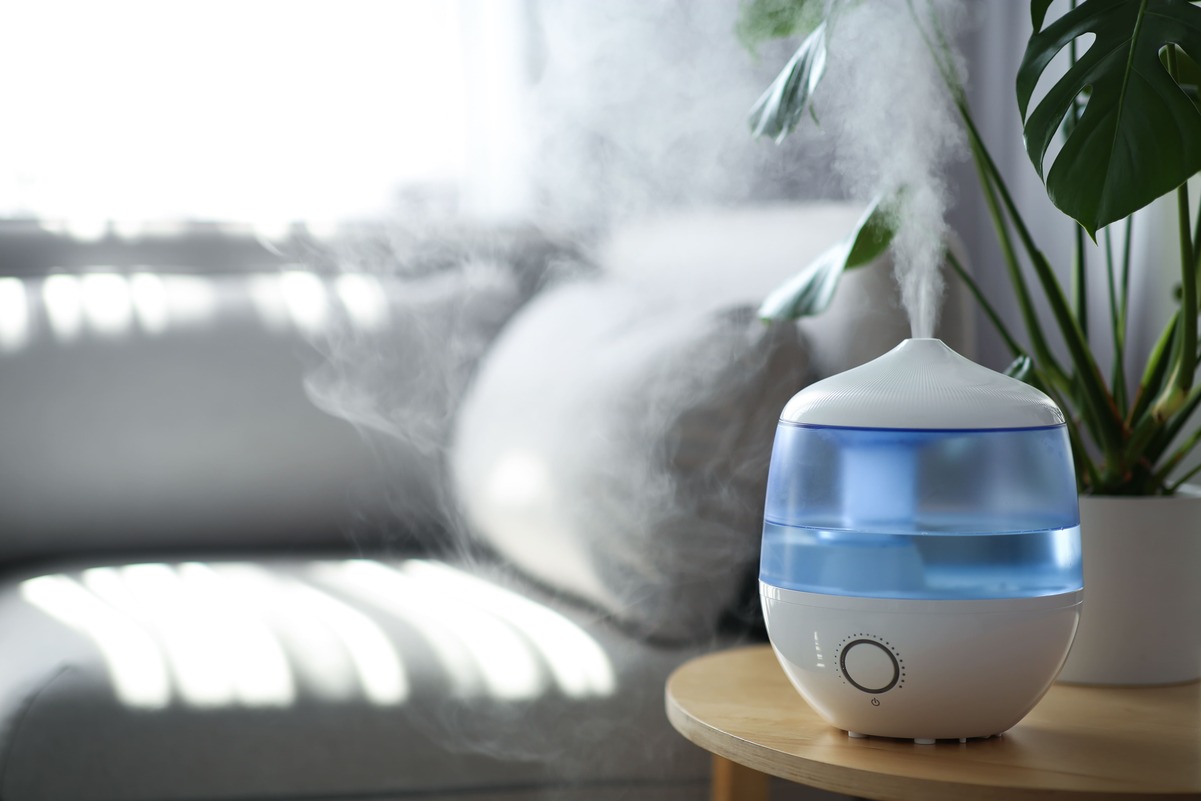
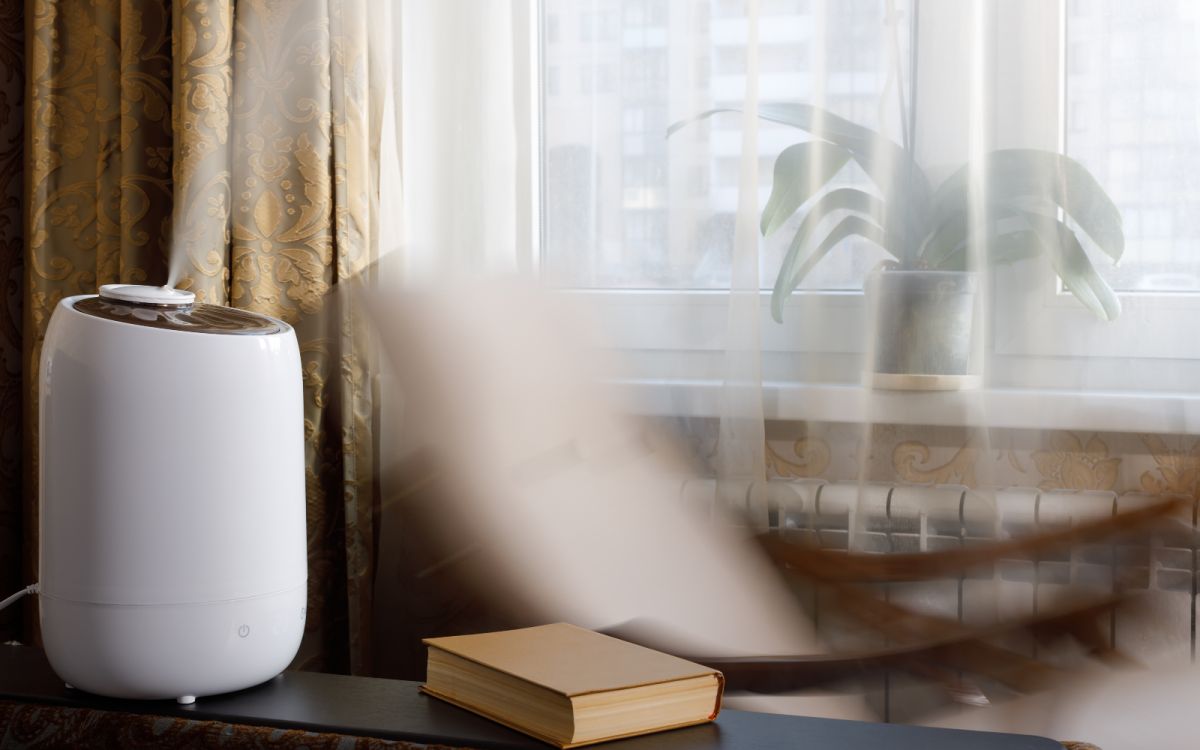
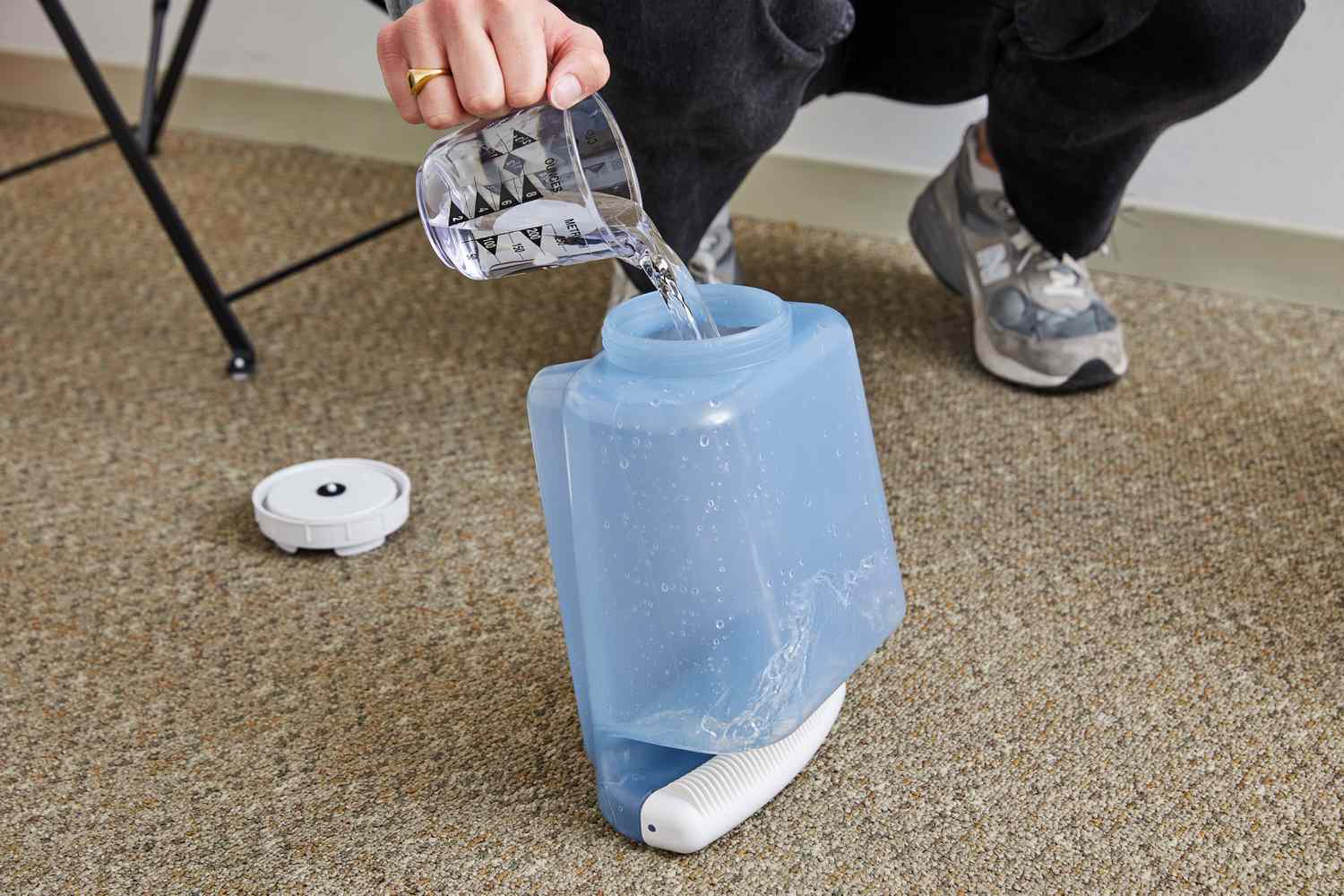
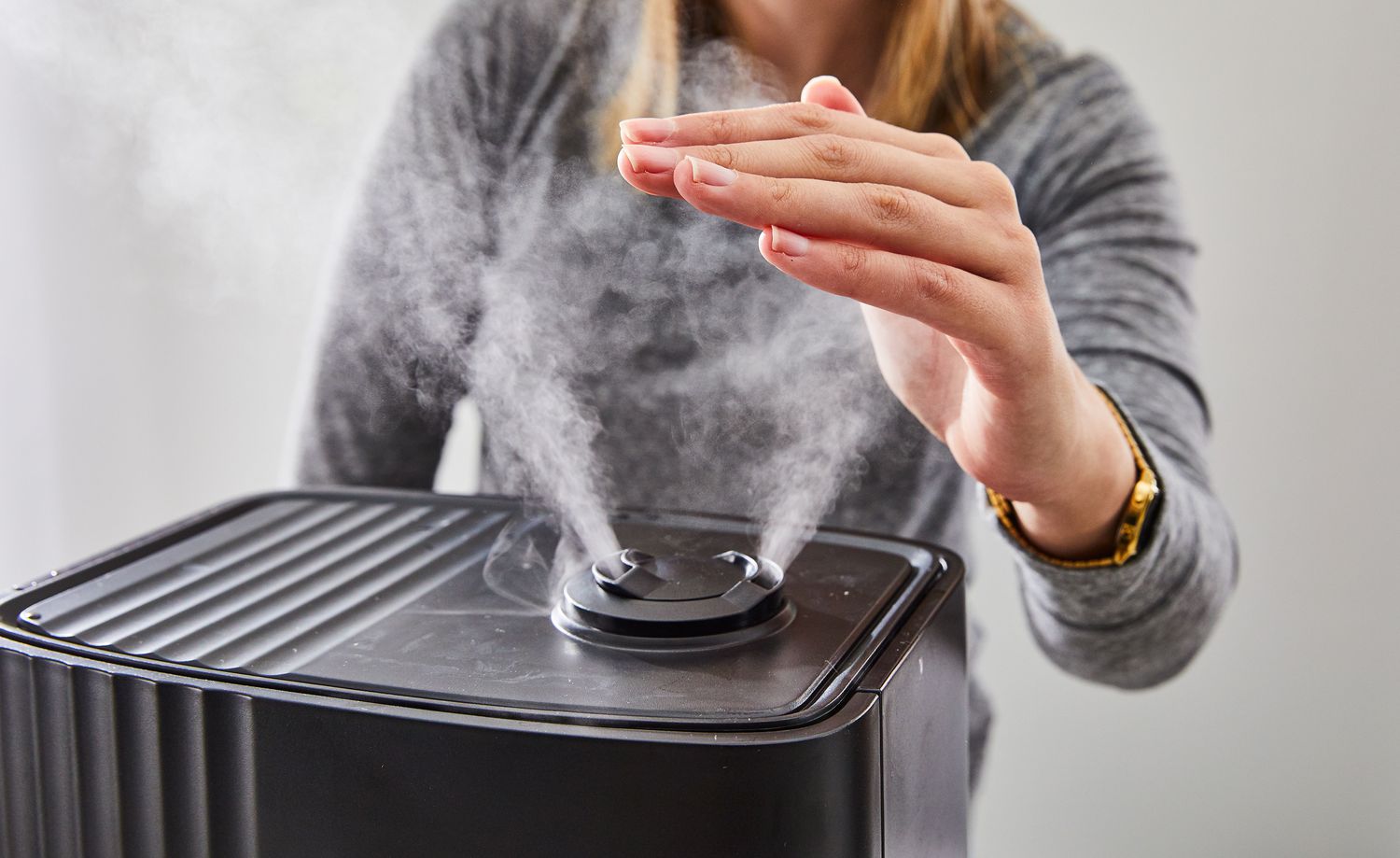
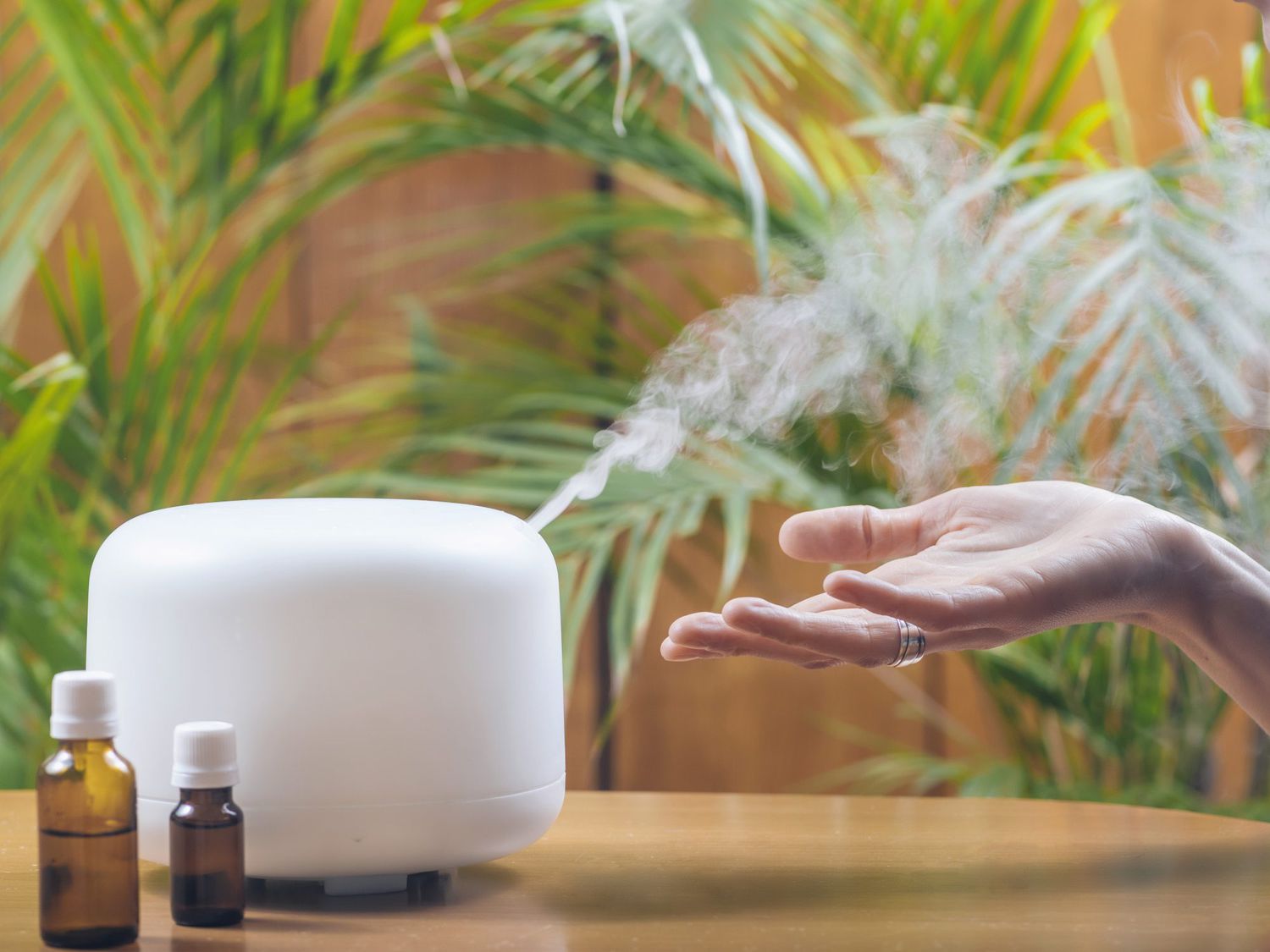
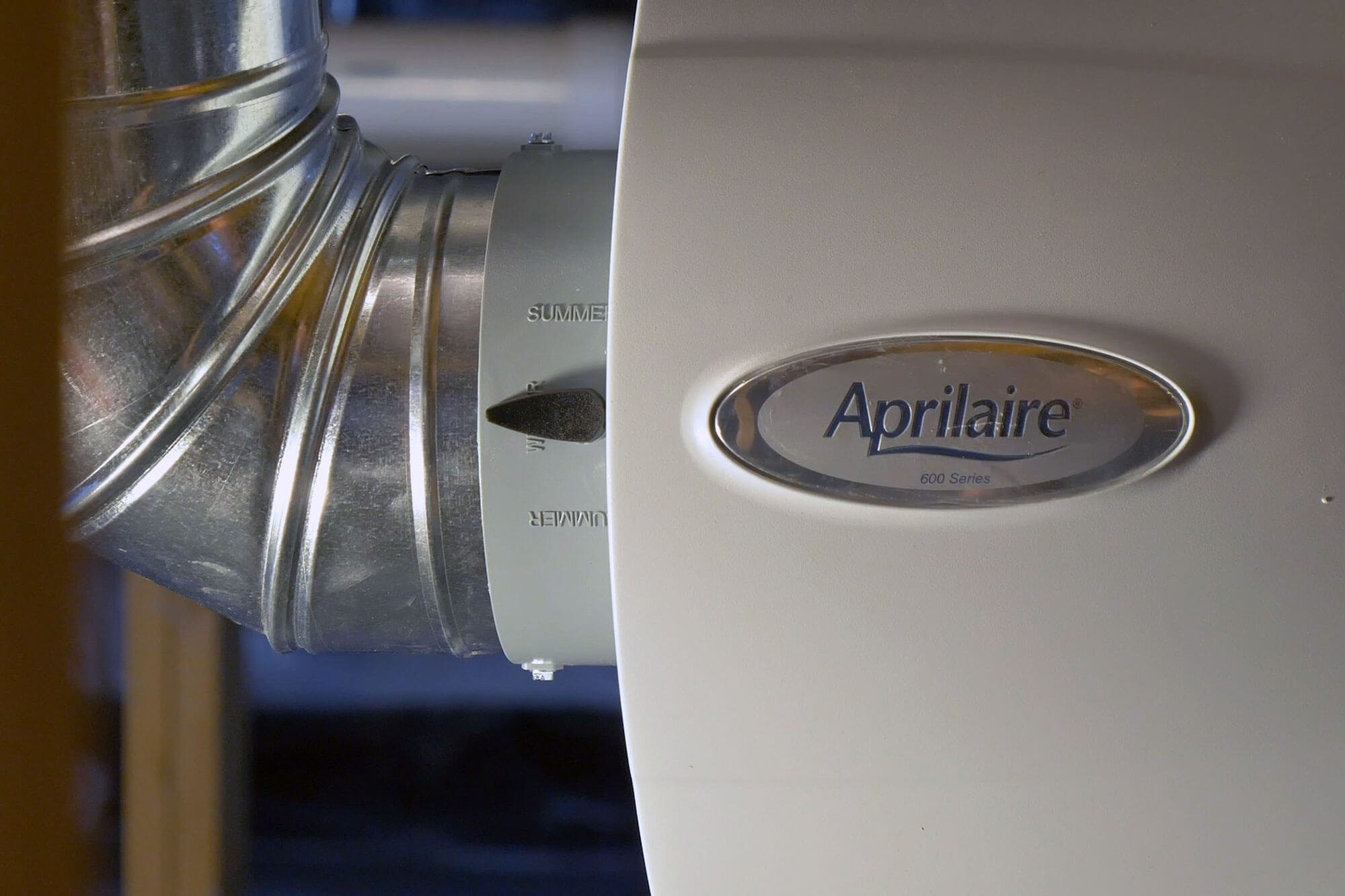
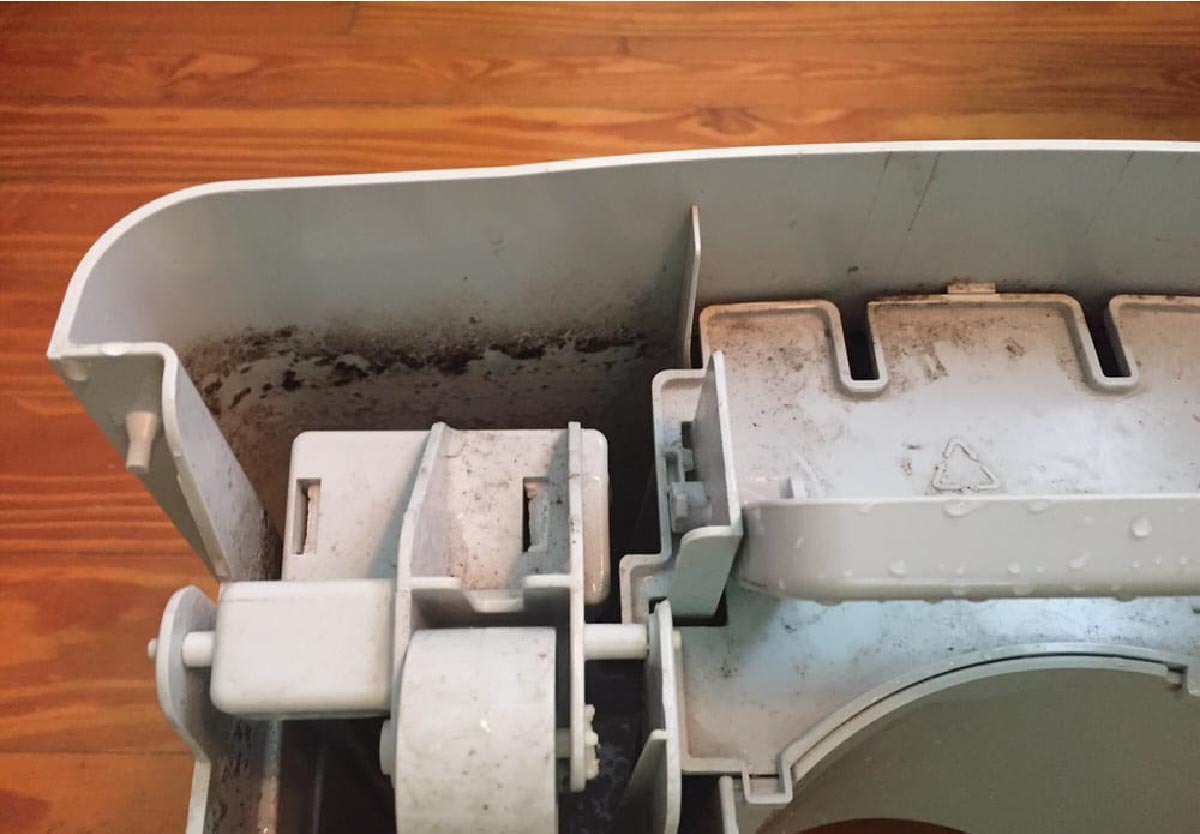
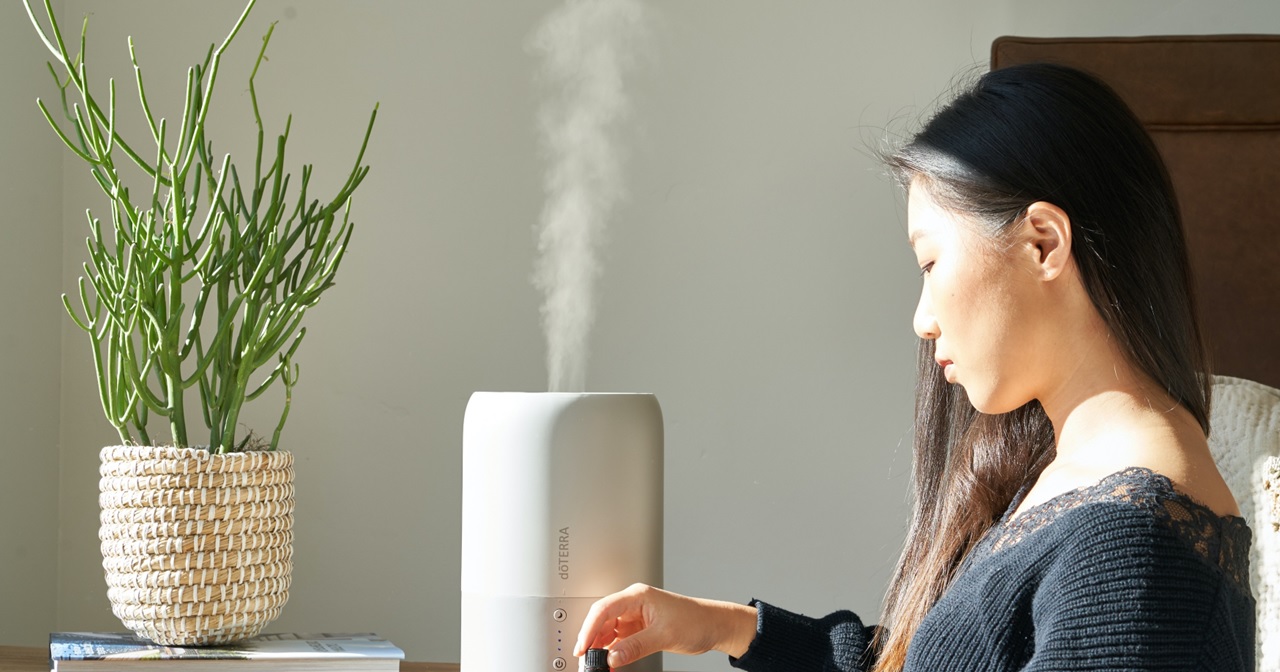
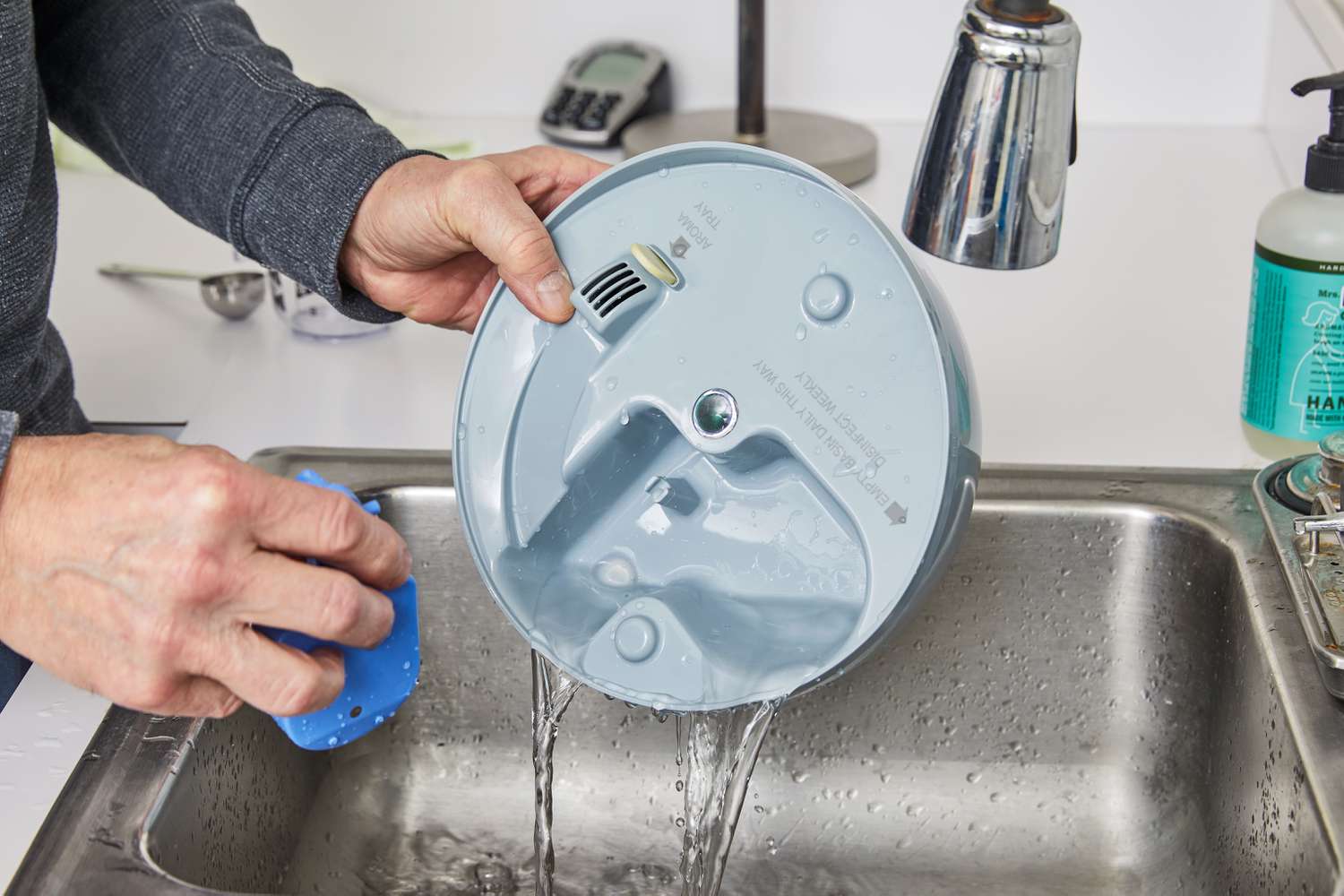
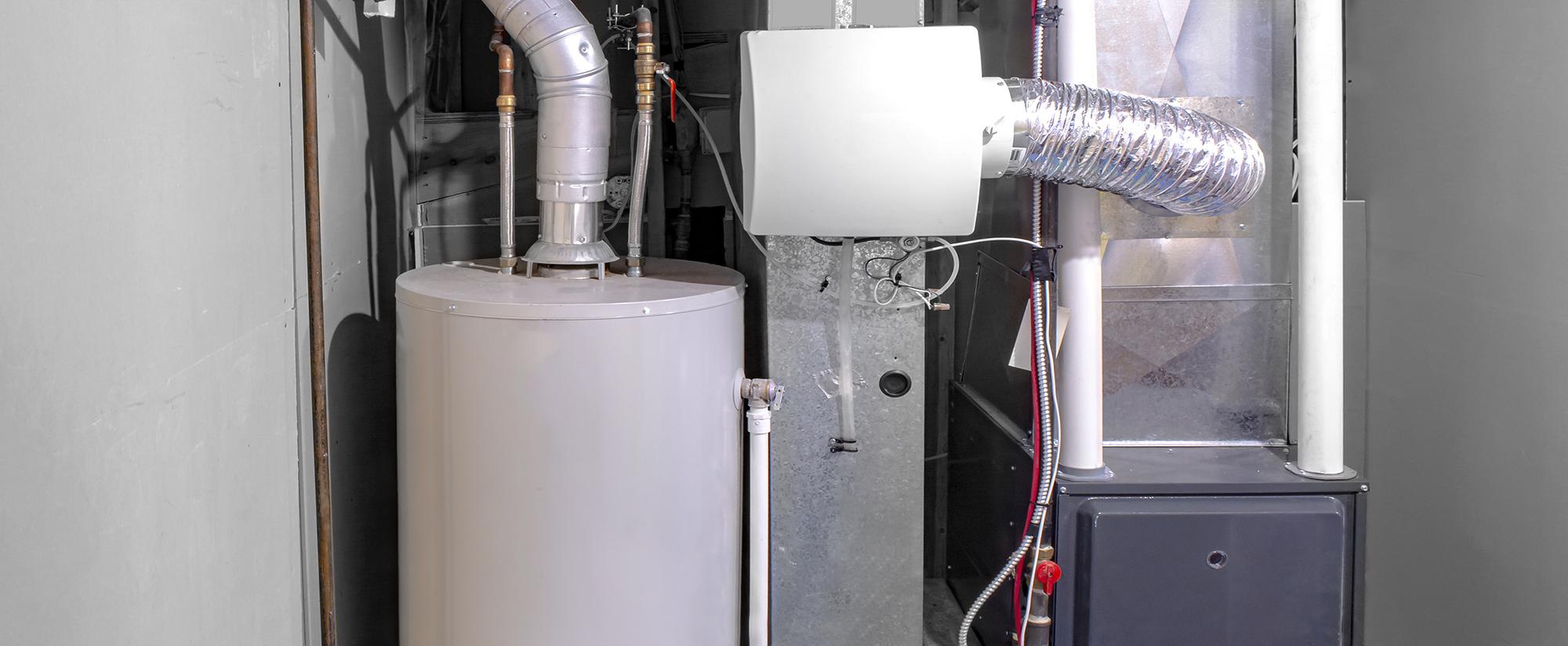
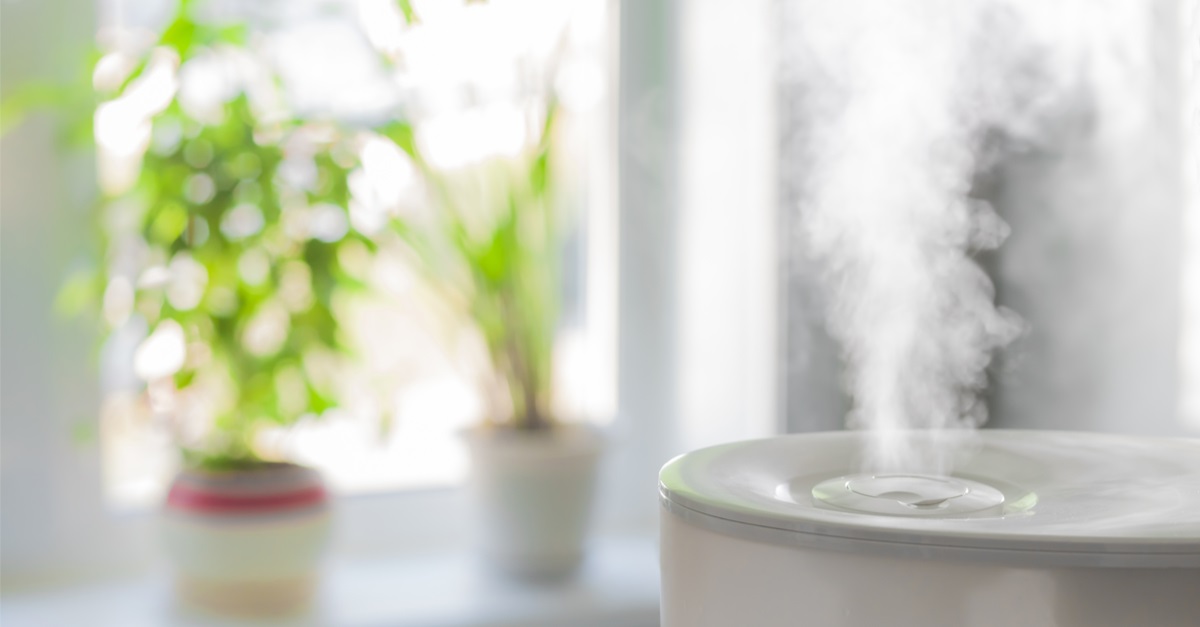
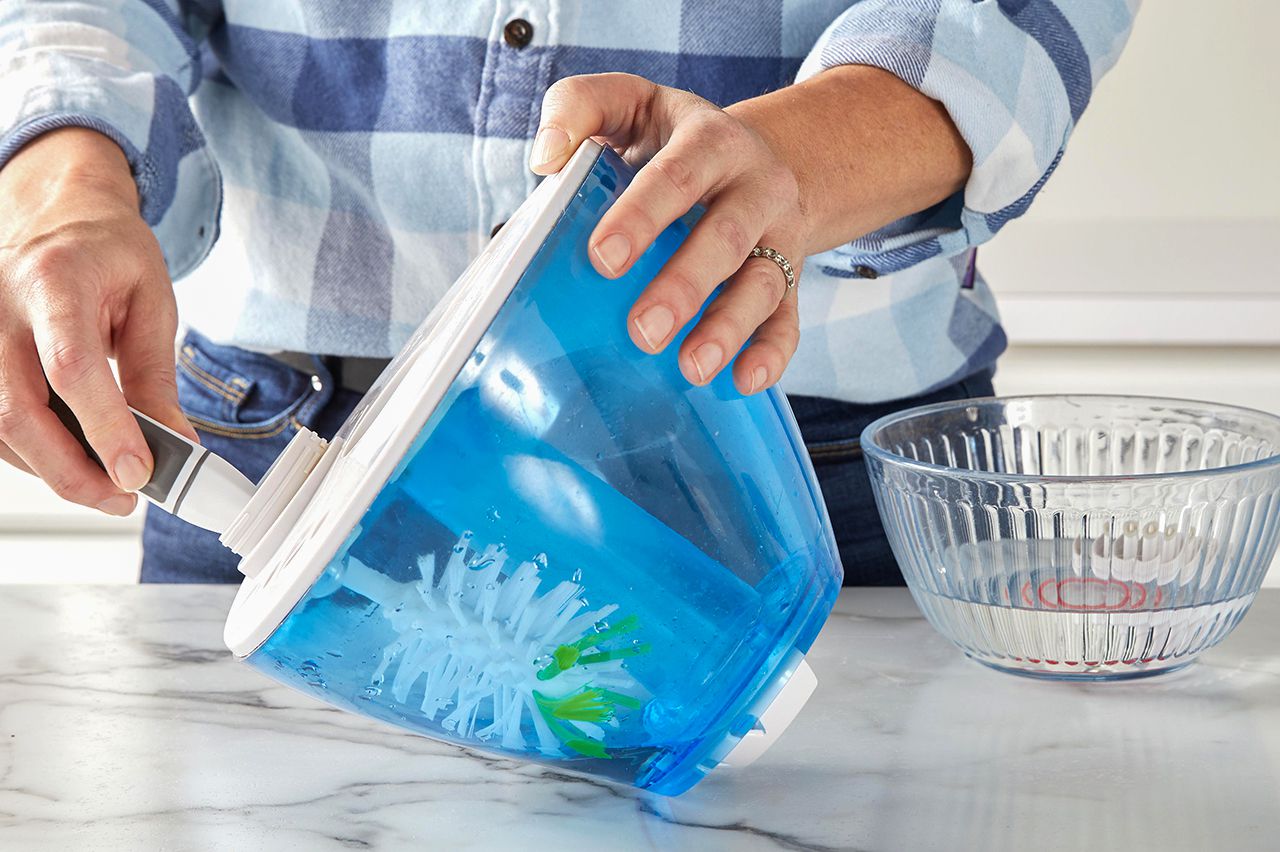
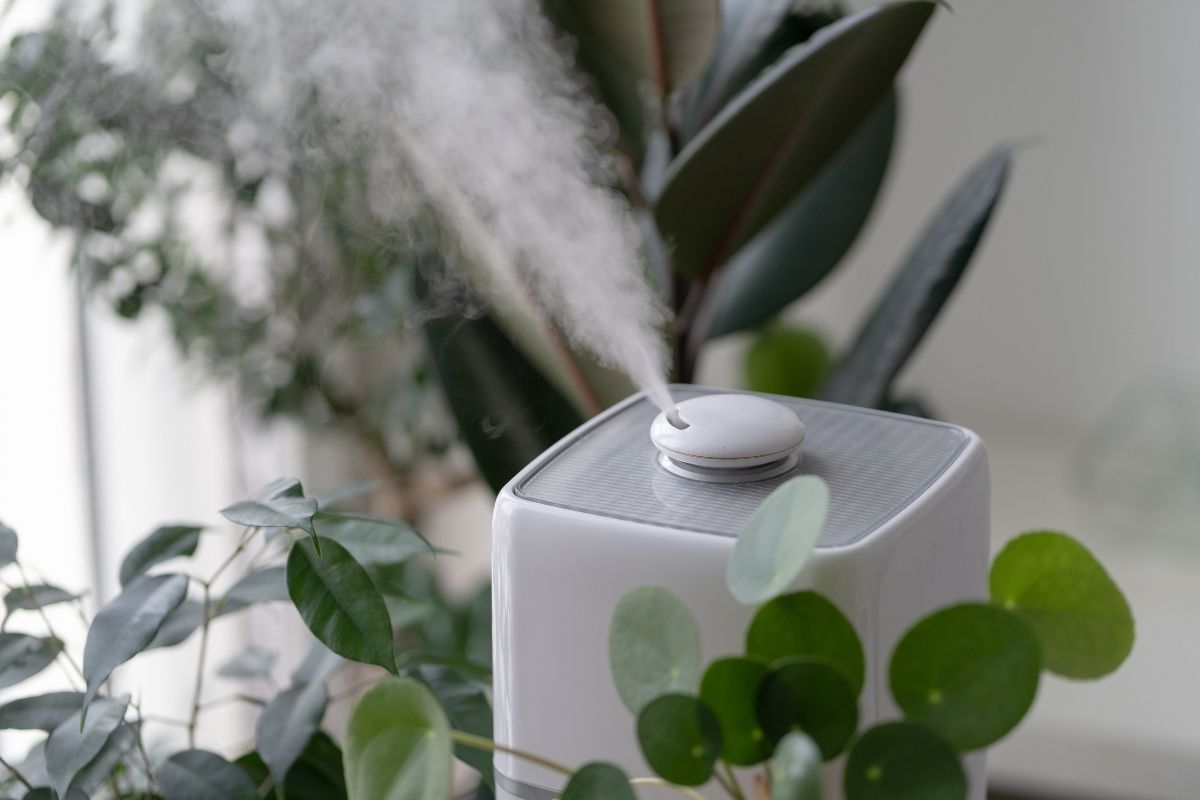
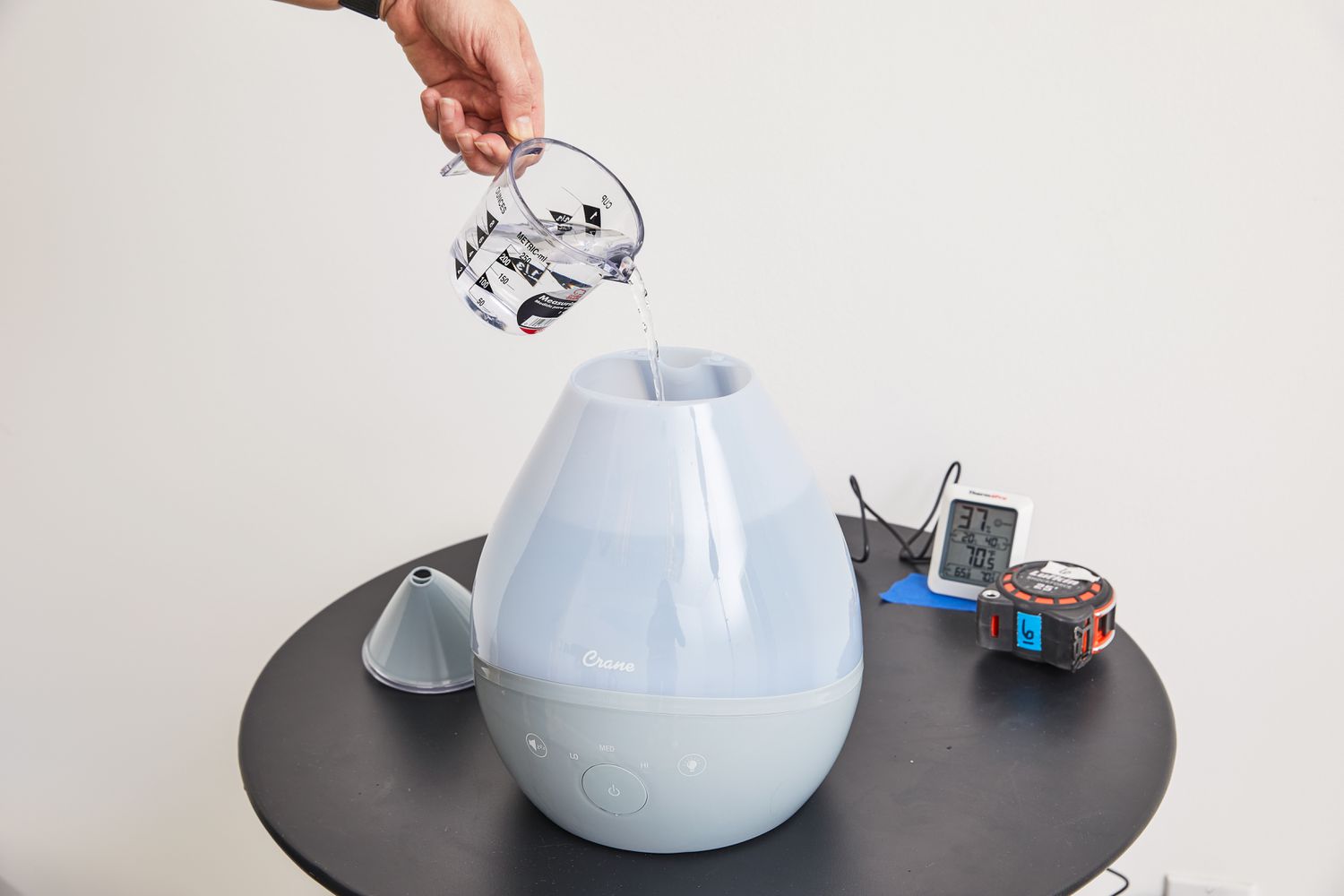

0 thoughts on “How Humidifier Works”